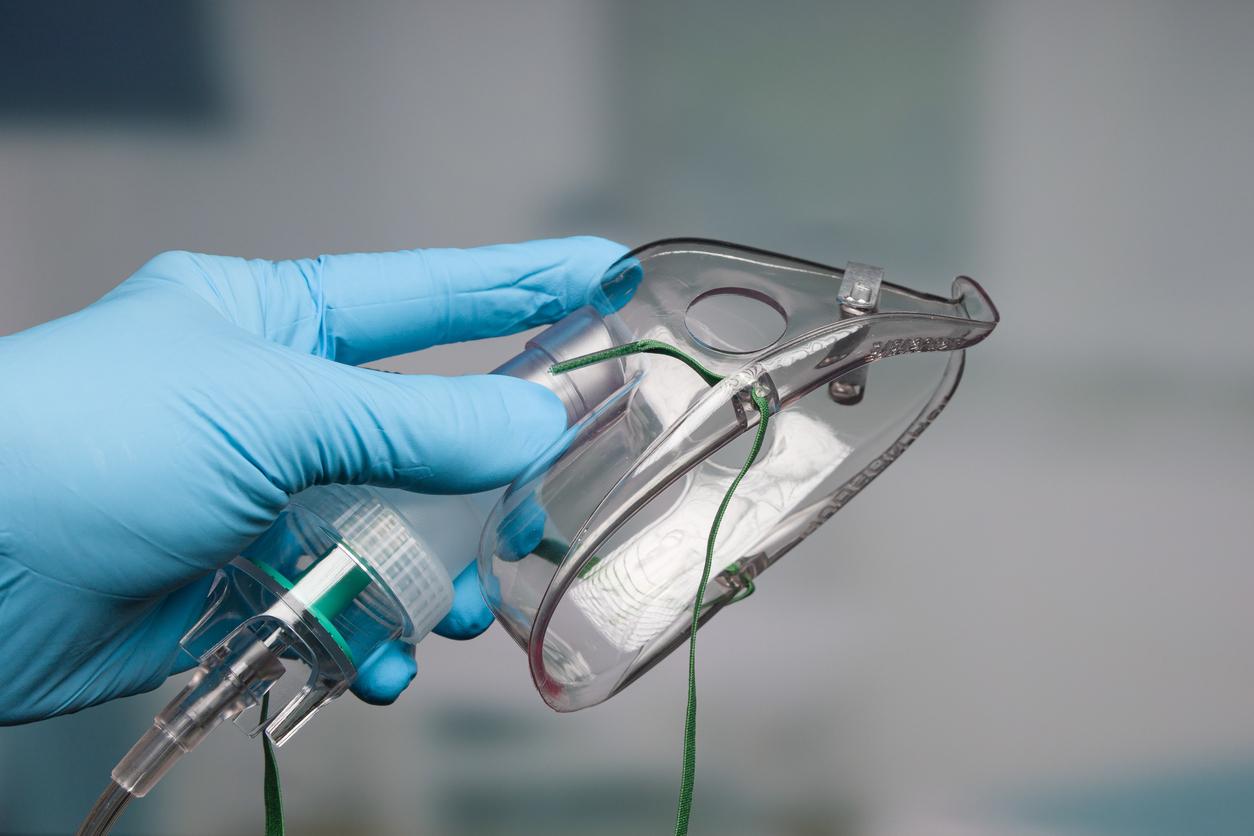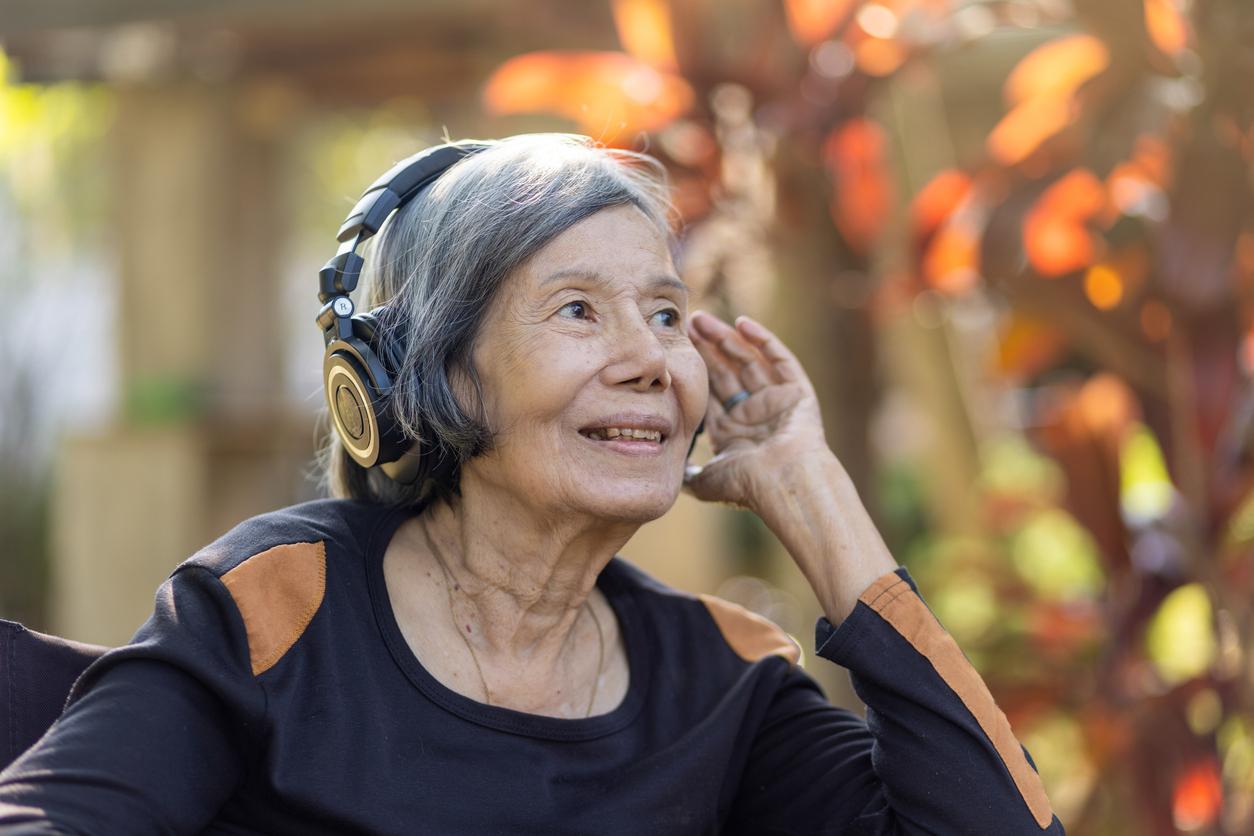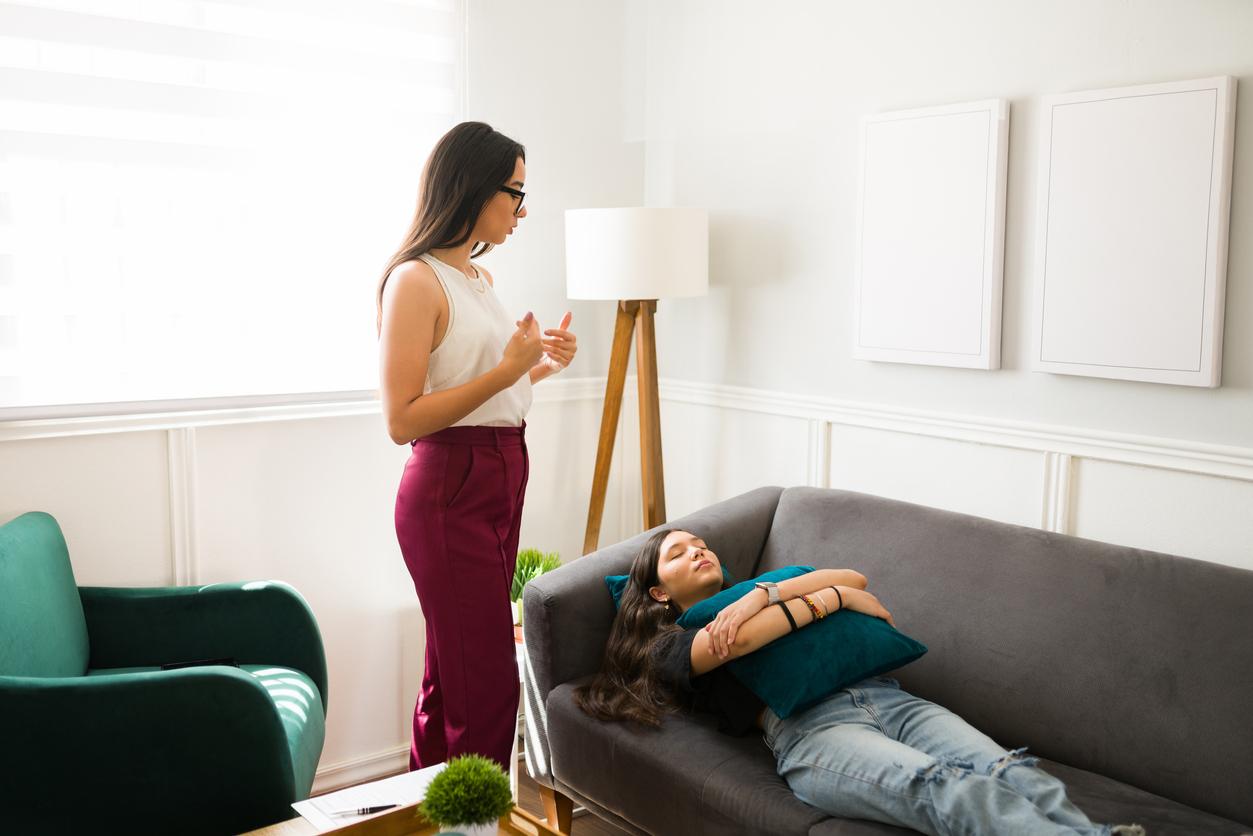As we test, discover, make mistakes, move forward on the Covid-19 epidemic, hospital care evolves. Between March and September 2020, resuscitation services changed the way they treat coronavirus patients, highlights a survey by France Info.
To treat the “light” patients of Covid-19, the methods have not changed much. But the care provided in the hospital does. At the start of the epidemic, patients taken to hospital for breathing difficulties were very often put on artificial respirators.. That is, they were sedated, asleep and hooked up to a machine to continue breathing. And this, for two to three weeks. But today, the approach is different: patients benefit from a lean method, which allows them to stay awake.
Oxygen therapy and corticosteroid therapy
To overcome respiratory problems, patients with covid-19 are put on “oxygen therapy” explains a doctor from Colombes hospital, to France Info. That is to say that they see each other inject oxygen via a light device connected to the nostrils, allowing them to “shoot” pure oxygen. This is called a high flow oxygen system.
In addition to being awake, being able to eat … Patients see their risk of dying reduced, because they have less risk of complications and contracting nosocomial diseases. It is also more practical for the hospital: the hospitalization time is reduced compared to an intubation (ten days, against several weeks previously). The risks of congestion are therefore also reduced.
Since the start of the epidemic, corticosteroids were strongly discouraged. Doctors are concerned that they may potentially worsen the impact of the virus on the patient. But last fall, cortisone was rehabilitated by the WHO in the treatment of coronavirus, concerning severe forms. Moreover, France Info says that the Raymond Poincarré hospital in Garches uses daily corticosteroid therapy, which reduces mortality by 20% in the case of Covid-19.
Read also:
- Covid-19 vaccine: vaccination schedule, for whom … All your questions
- Covid symptoms, variants: what to do?
















